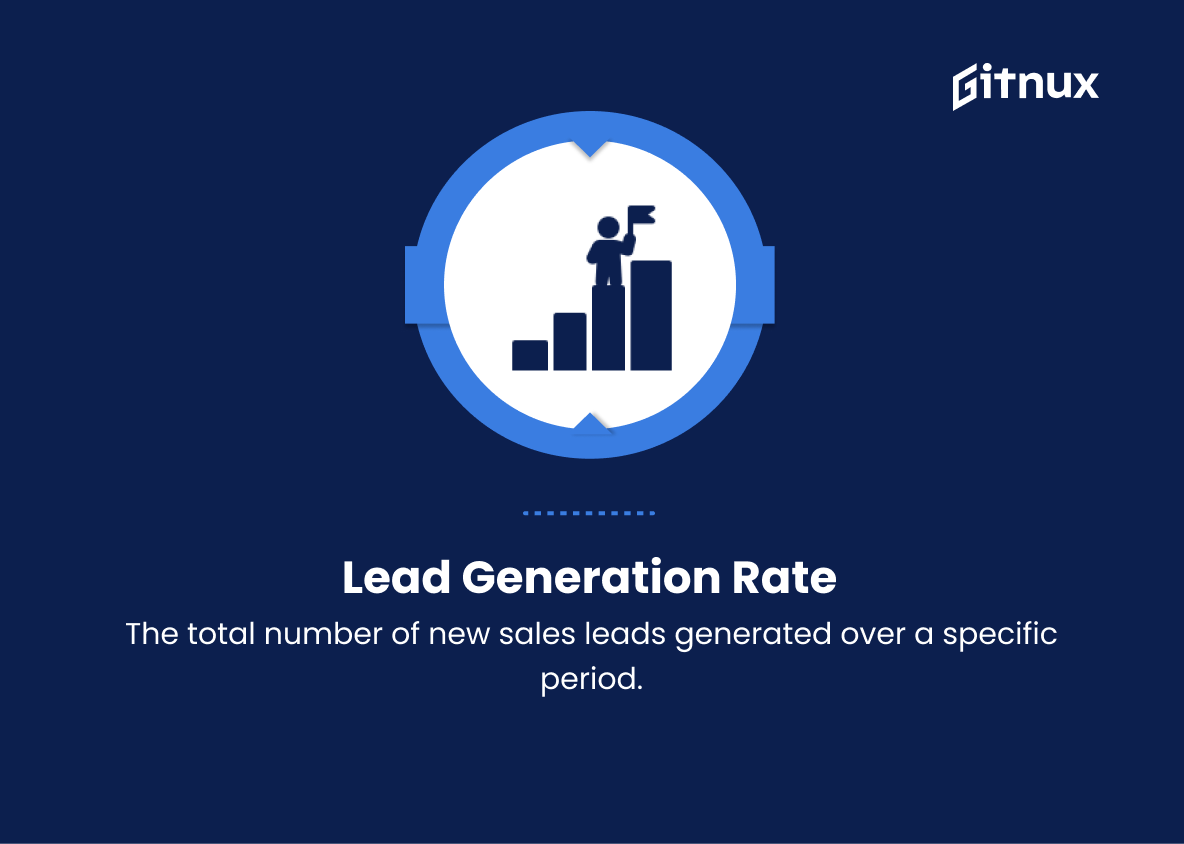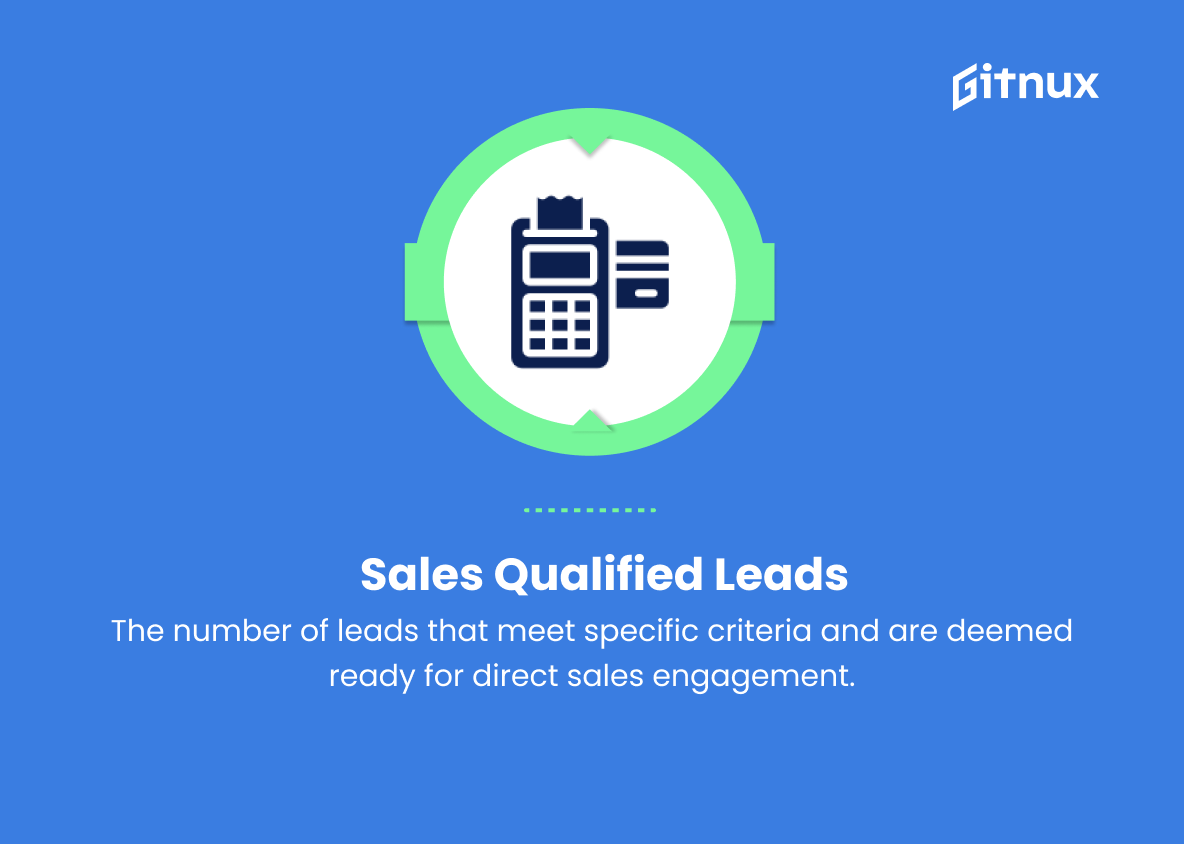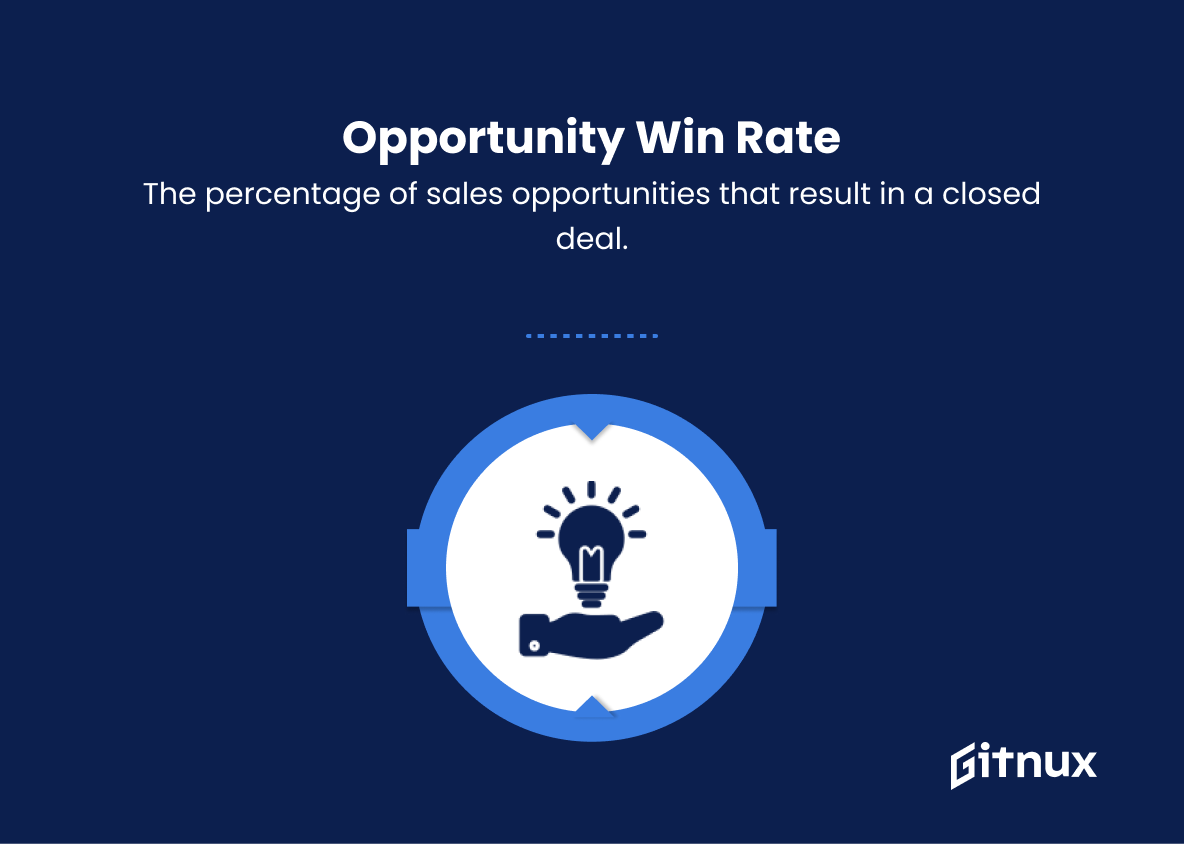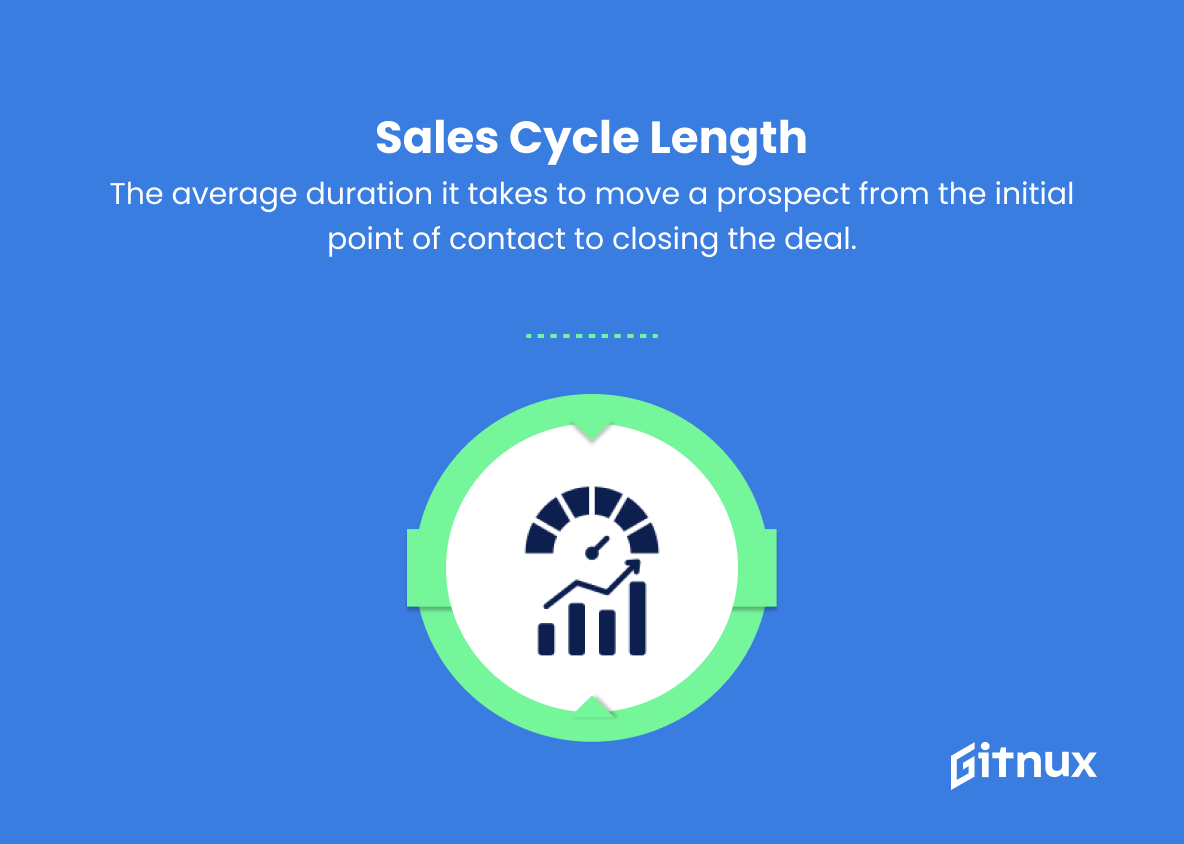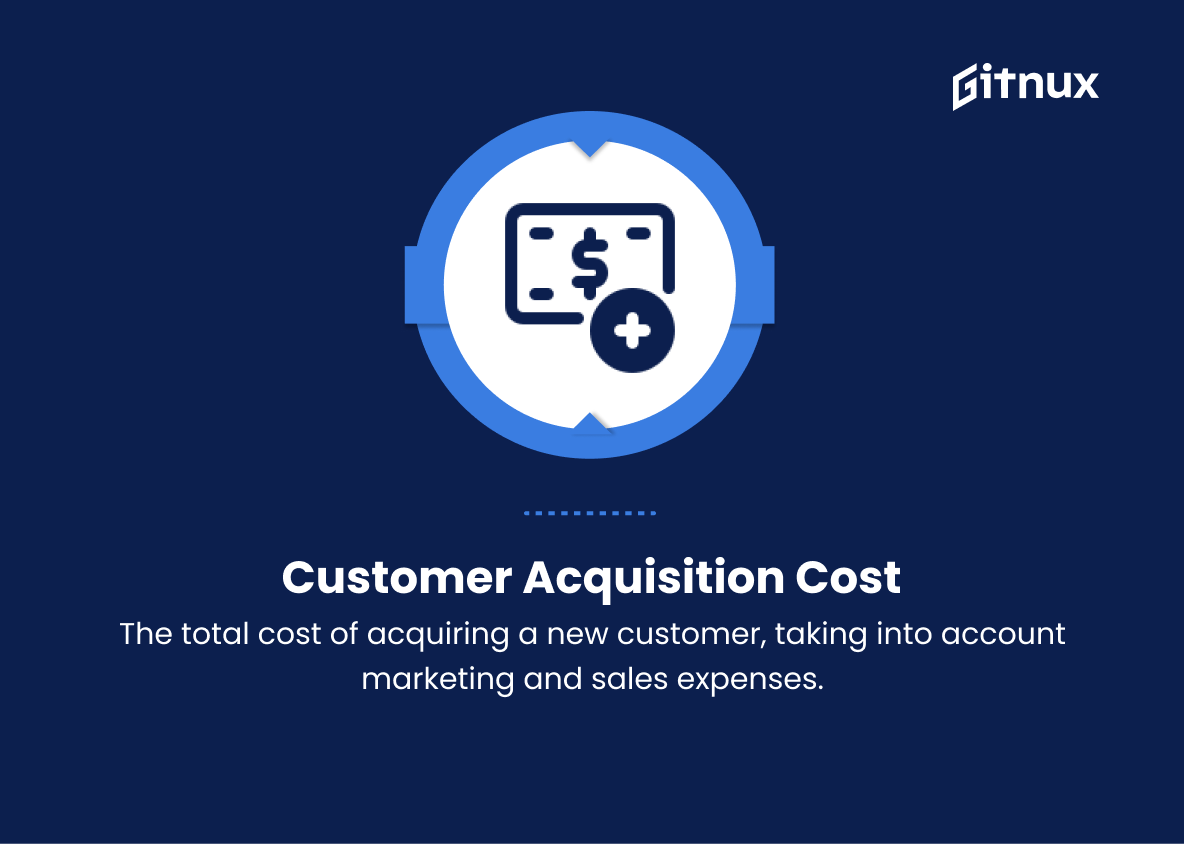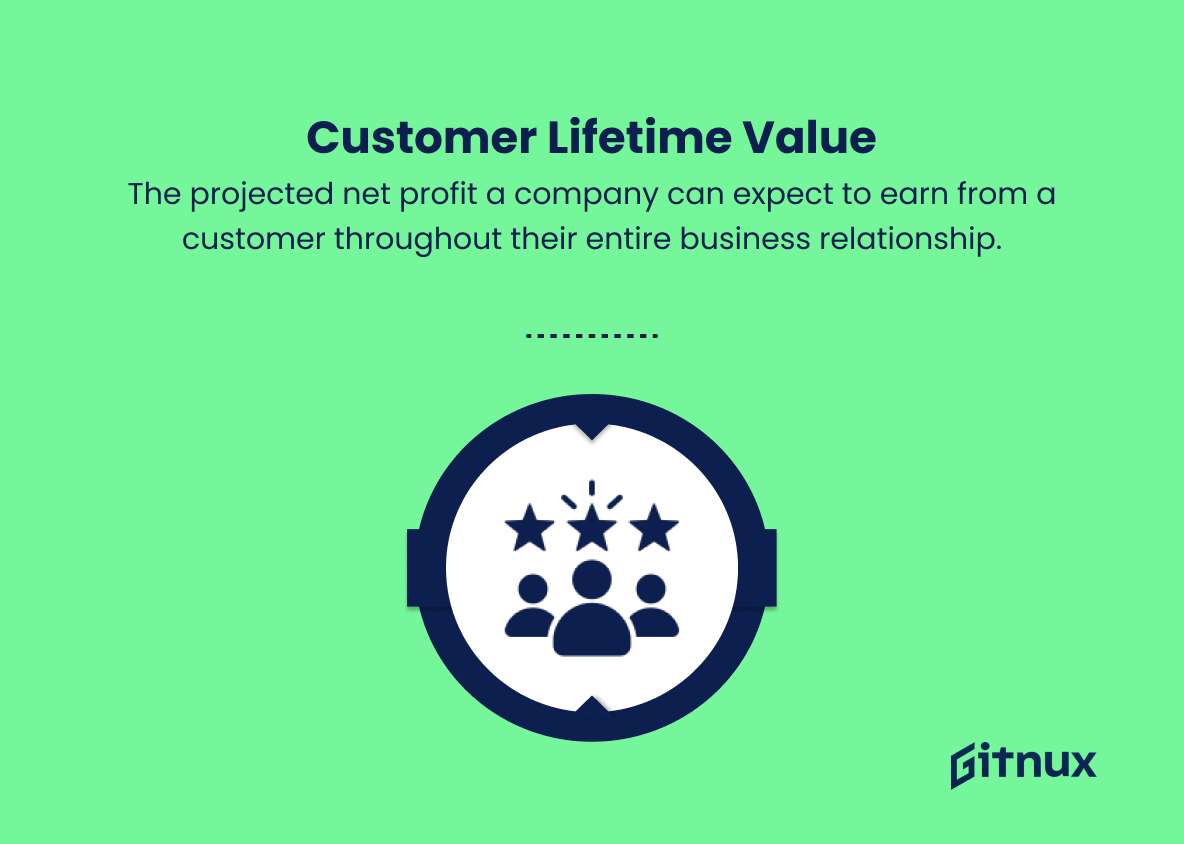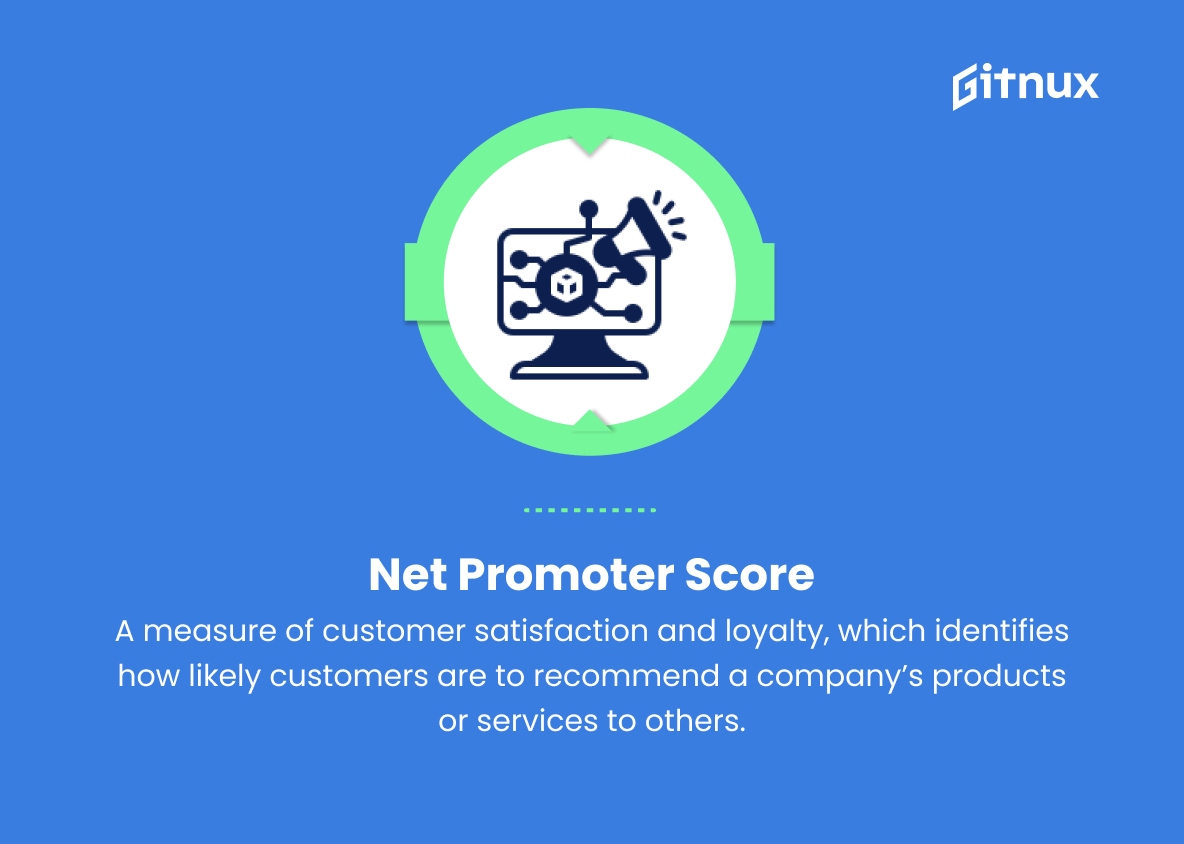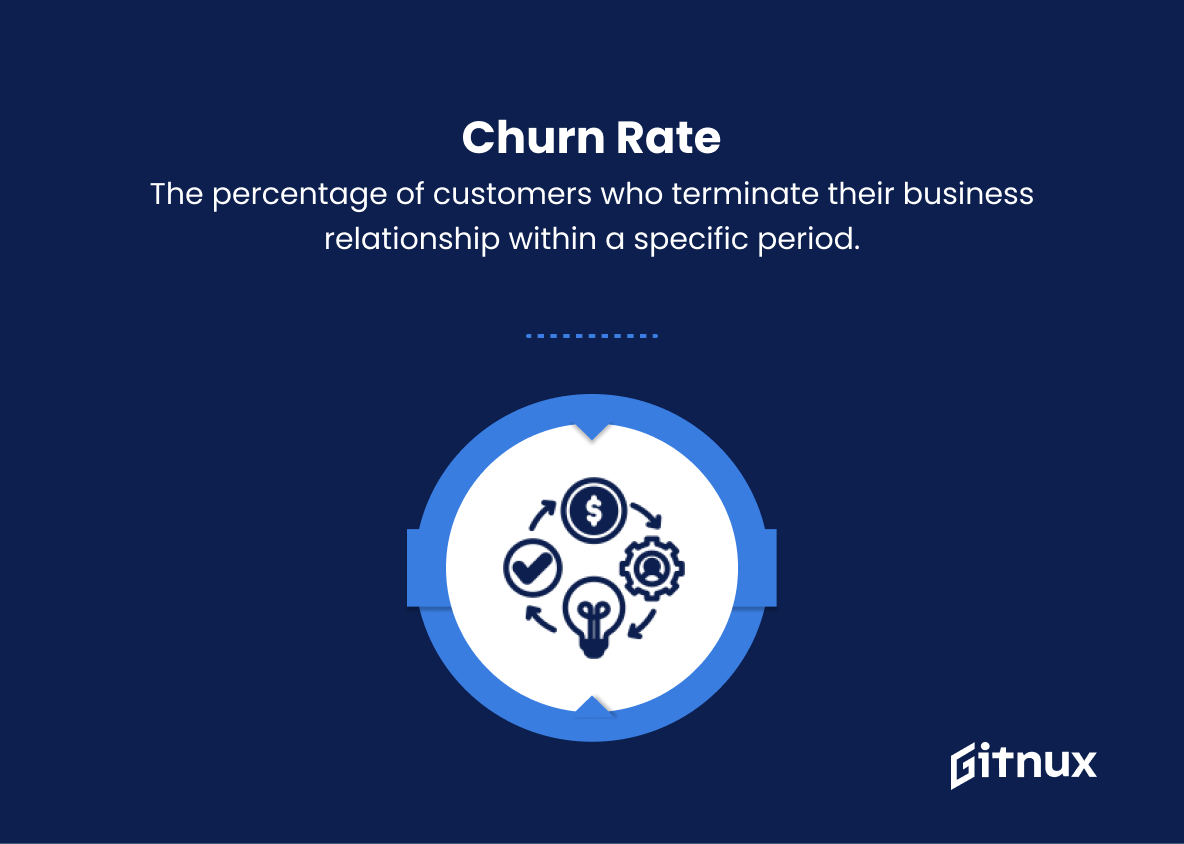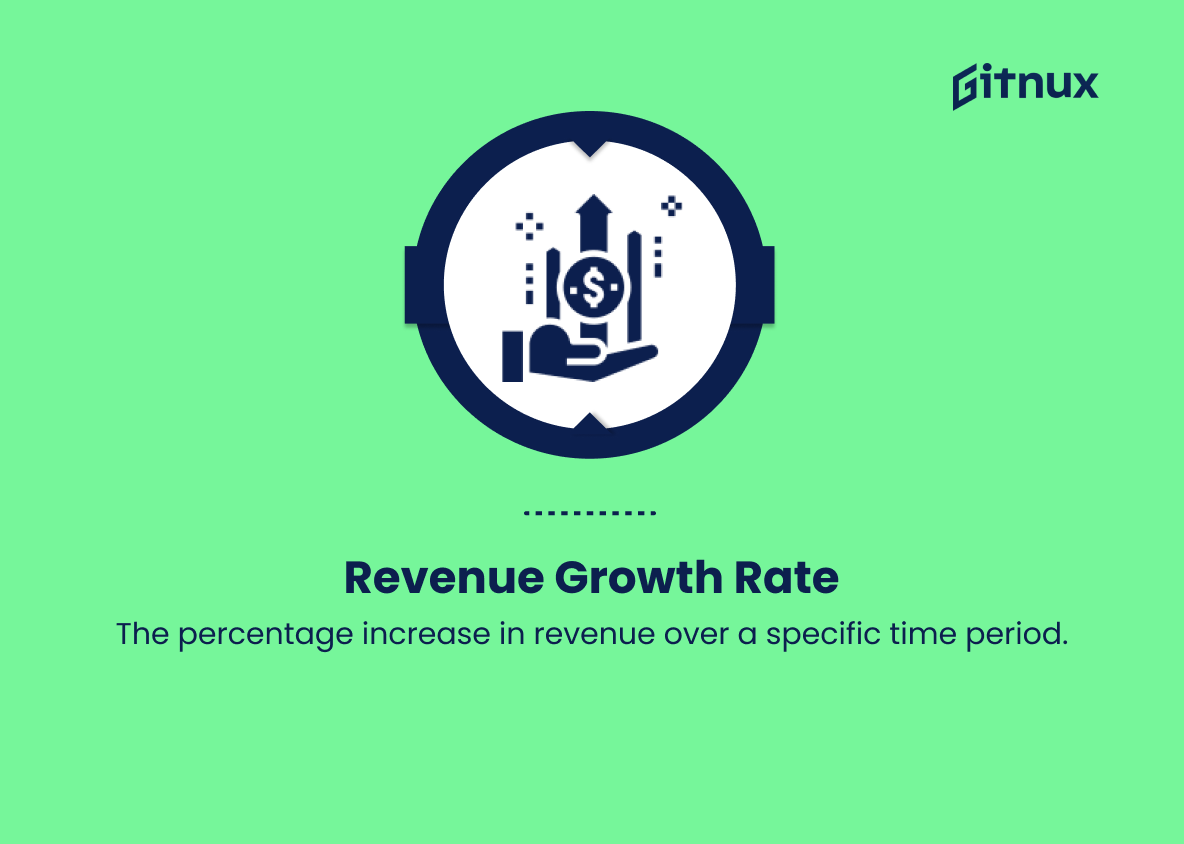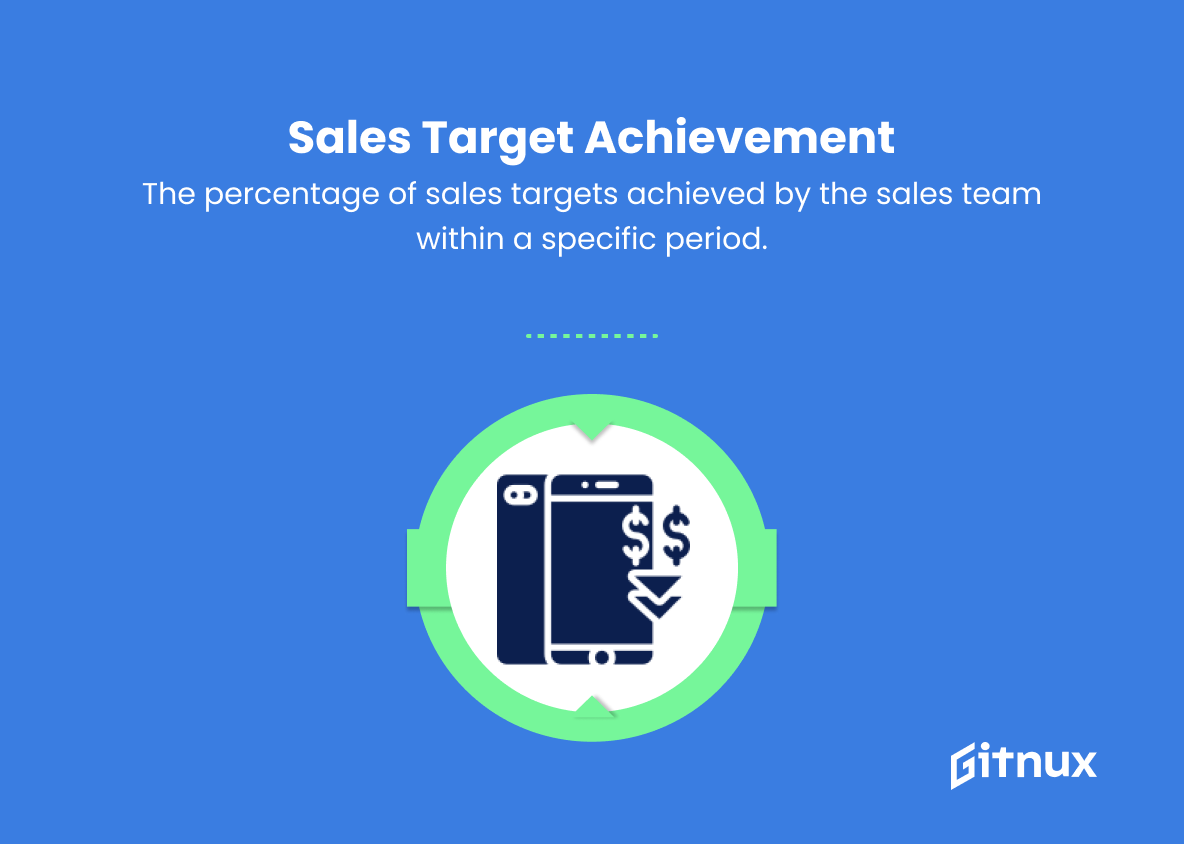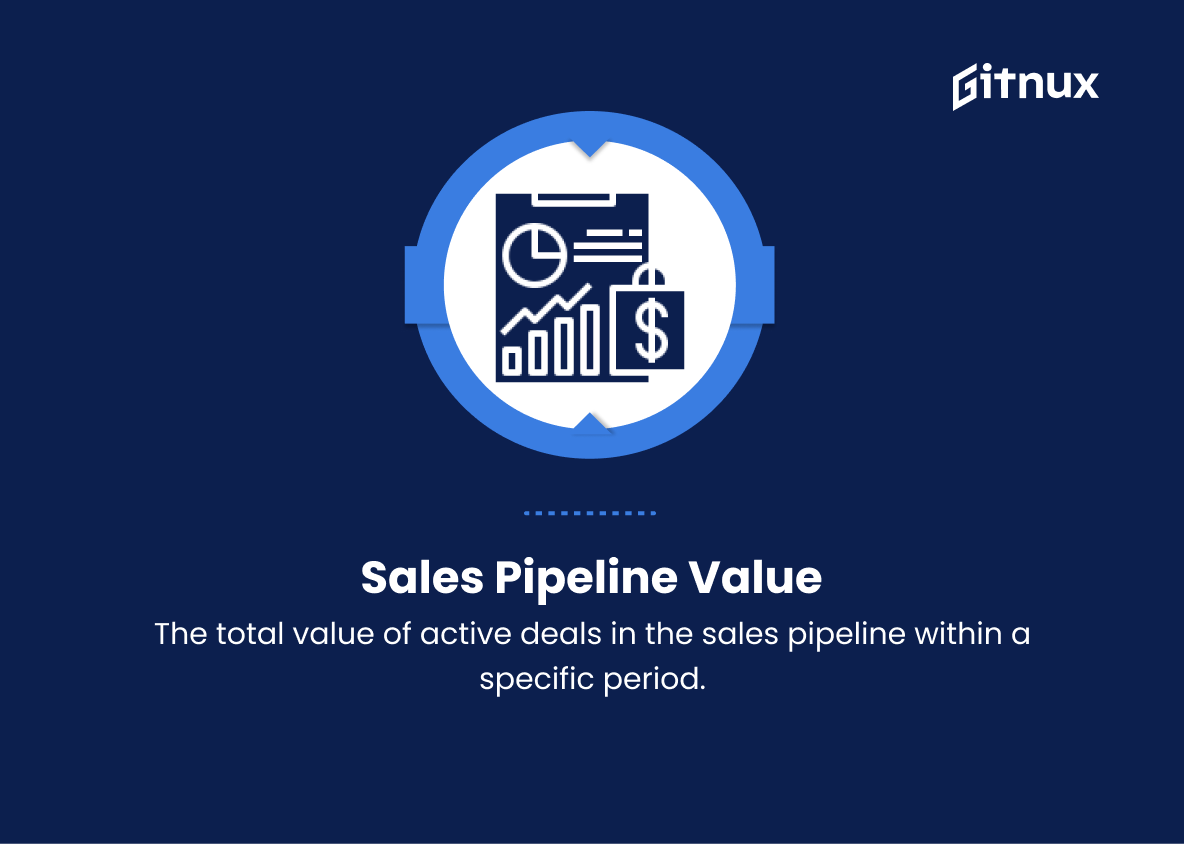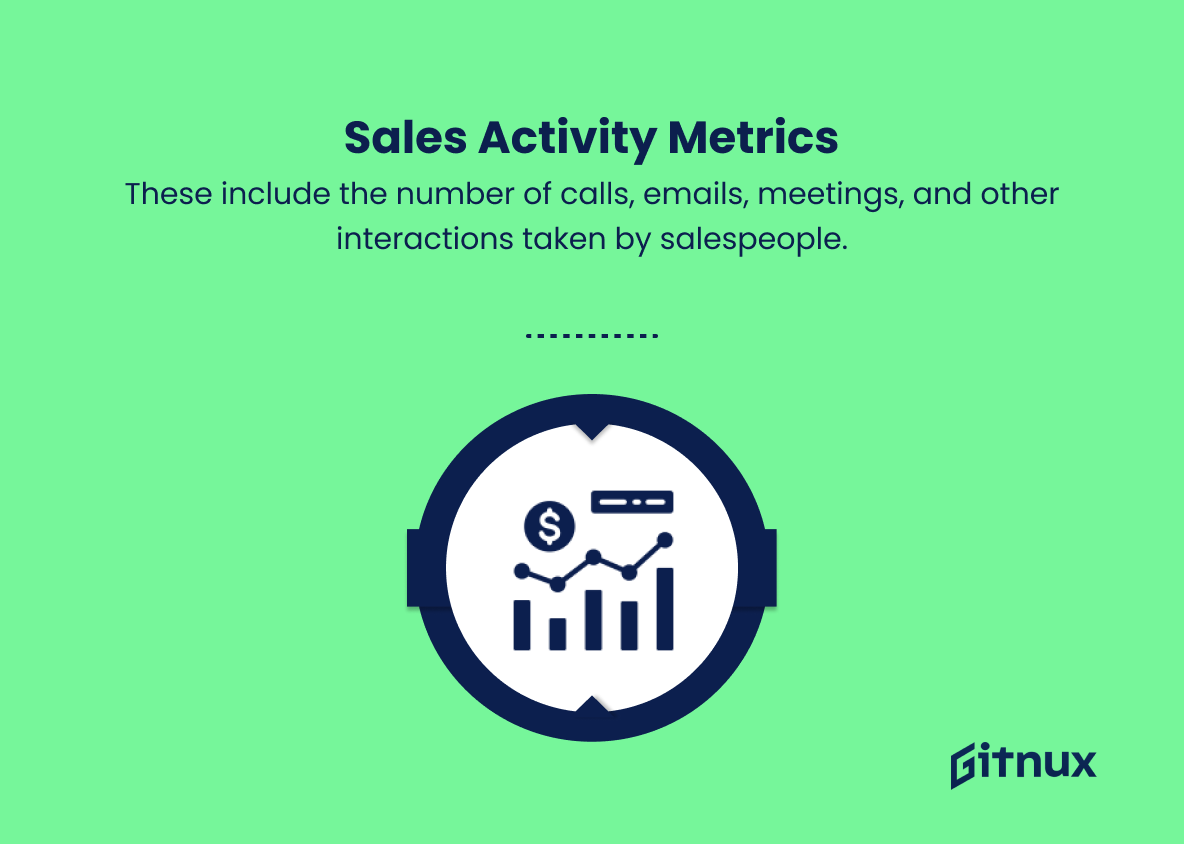In today’s rapidly evolving business landscape, understanding and utilizing the right B2B sales metrics is crucial for success. It is no longer enough to rely solely on intuition or experience; the need for data-driven insights is more important than ever. In this comprehensive blog post, we will delve into the world of B2B sales metrics, discussing their significance and relevance in making informed decisions, driving strategy, and ultimately, optimizing sales performance. Join us as we explore the key sales metrics that every forward-thinking organization must track to stay ahead in this competitive market and maximize their B2B sales potential.
B2B Sales Metrics You Should Know
1. Lead Generation Rate
The total number of new sales leads generated over a specific period. This metric helps to evaluate the effectiveness of marketing efforts in attracting potential customers.
2. Lead Conversion Rate
The percentage of leads that convert into actual sales opportunities. It measures the effectiveness of sales teams in turning prospective clients into potential buyers.
3. Sales Qualified Leads (SQLs)
The number of leads that meet specific criteria and are deemed ready for direct sales engagement. This metric helps prioritize leads and focus on those with a higher chance of converting into a sale.
4. Opportunity Win Rate
The percentage of sales opportunities that result in a closed deal. This metric provides insights into the efficiency and effectiveness of the sales team in closing deals.
5. Average Deal Size
The average monetary value of closed deals within a specific time frame. This metric helps in measuring sales performance and potential revenue generation.
6. Sales Cycle Length
The average duration it takes to move a prospect from the initial point of contact to closing the deal. This metric helps in analyzing the efficiency of the sales process.
7. Customer Acquisition Cost (CAC)
The total cost of acquiring a new customer, taking into account marketing and sales expenses. It is an essential metric to determine the profitability of new customer relationships.
8. Customer Lifetime Value (CLV)
The projected net profit a company can expect to earn from a customer throughout their entire business relationship. This metric helps in assessing the long-term value of a customer and aids in making decisions related to customer acquisition and retention.
9. Net Promoter Score (NPS)
A measure of customer satisfaction and loyalty, which identifies how likely customers are to recommend a company’s products or services to others. A high NPS indicates strong word-of-mouth marketing and potential for repeat business.
10. Churn Rate
The percentage of customers who terminate their business relationship within a specific period. A high churn rate may indicate issues with customer satisfaction or shortcomings in the product or service offering.
11. Revenue Growth Rate
The percentage increase in revenue over a specific time period. This metric is crucial for evaluating the overall financial performance and business growth.
12. Sales Target Achievement
The percentage of sales targets achieved by the sales team within a specific period. This metric helps in evaluating the performance of individual salespeople and the entire sales team.
13. Sales Pipeline Value
The total value of active deals in the sales pipeline within a specific period. This metric helps in forecasting future revenue and in making data-driven decisions about sales strategies and resource allocation.
14. Sales Activity Metrics
These include the number of calls, emails, meetings, and other interactions taken by salespeople. These metrics help to assess the level of engagement and activity of the sales team, contributing to lead generation and conversion efforts.
B2B Sales Metrics Explained
B2B sales metrics play a crucial role in evaluating the effectiveness and efficiency of marketing and sales efforts within an organization. Lead Generation Rate, Lead Conversion Rate, and Sales Qualified Leads help determine the success of marketing strategies in attracting potential customers and the capability of the sales team to convert them into potential buyers. Metrics such as Opportunity Win Rate, Average Deal Size, Sales Cycle Length, and Customer Acquisition Cost provide insights into the sales team’s performance, revenue generation, and profitability of customer relationships.
Customer Lifetime Value, Net Promoter Score, and Churn Rate emphasize the importance of customer satisfaction, loyalty, and retention in maintaining long-term business relationships. Revenue Growth Rate and Sales Target Achievement measure the company’s financial performance, growth, and individual salesperson’s performance. Sales Pipeline Value and Sales Activity Metrics help forecast future revenue, make data-driven decisions about sales strategies, and allocate resources effectively by assessing the sales team’s engagement and activity level.
Conclusion
In conclusion, mastering the right B2B sales metrics is crucial for businesses to effectively analyze performance, improve strategies, and ultimately drive growth. By keeping a close eye on essential indicators such as lead conversion rate, sales cycle length, average deal size, and customer acquisition cost, companies can make data-driven decisions and allocate resources more effectively. Furthermore, embracing a culture of continuous learning and improvement will enable organizations to adapt to market changes, achieve sales targets and build long-lasting relationships with their clients. Always remember that the road to B2B sales success starts with a strong foundation of key metrics and benchmarks to guide your team’s efforts towards success.
